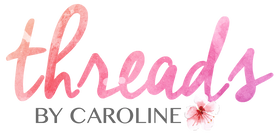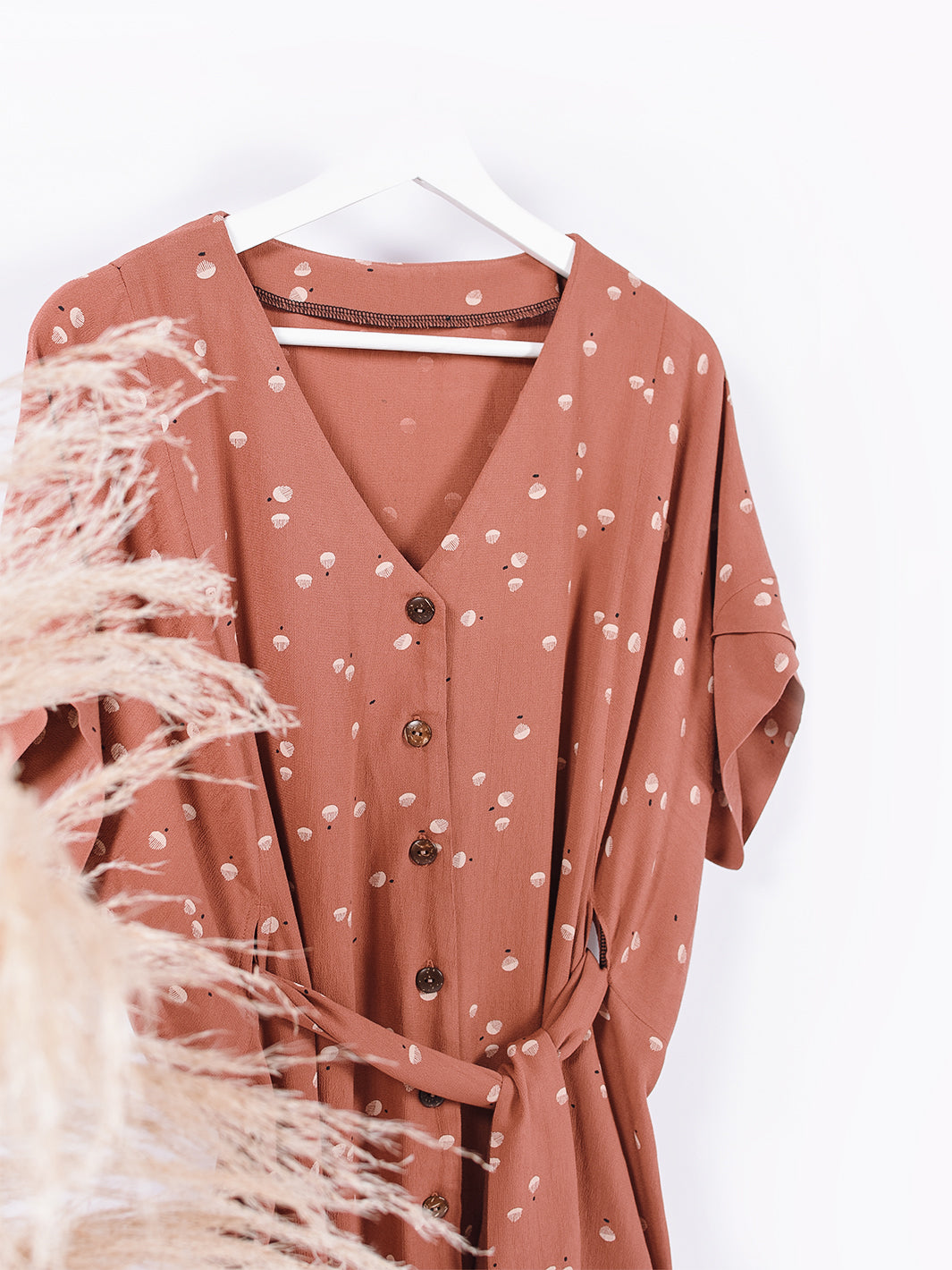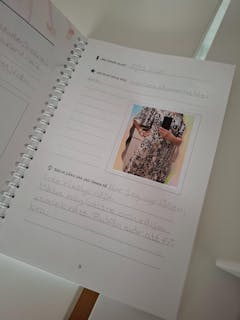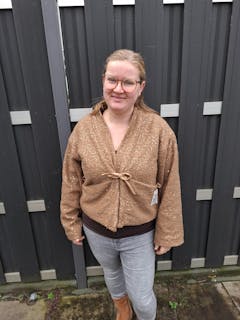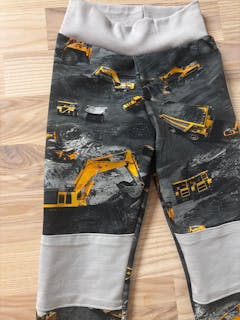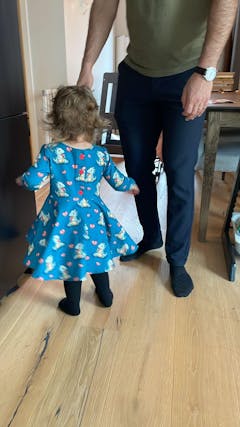Sewing patterns from SwedenWith step by step instructions
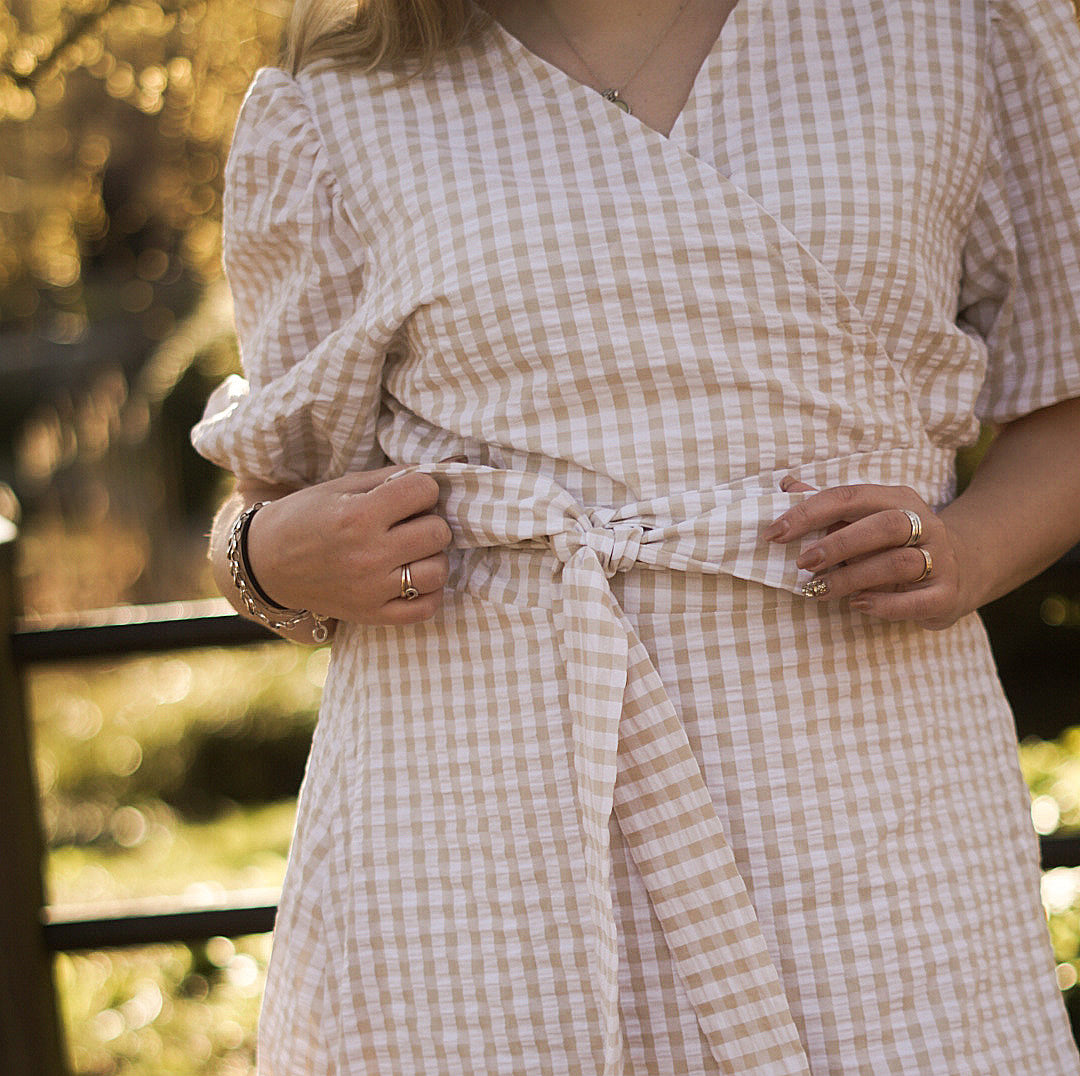
Pics from pattern tests
My crew of pattern testers try out all new patterns before they're finalized. They provide valuable feedback and inspire with their makes.

Pattern hacks
Combine two patterns; add a hood, a zipper or other detail that isn't there in the original pattern... Get inspired by our pattern hacks!
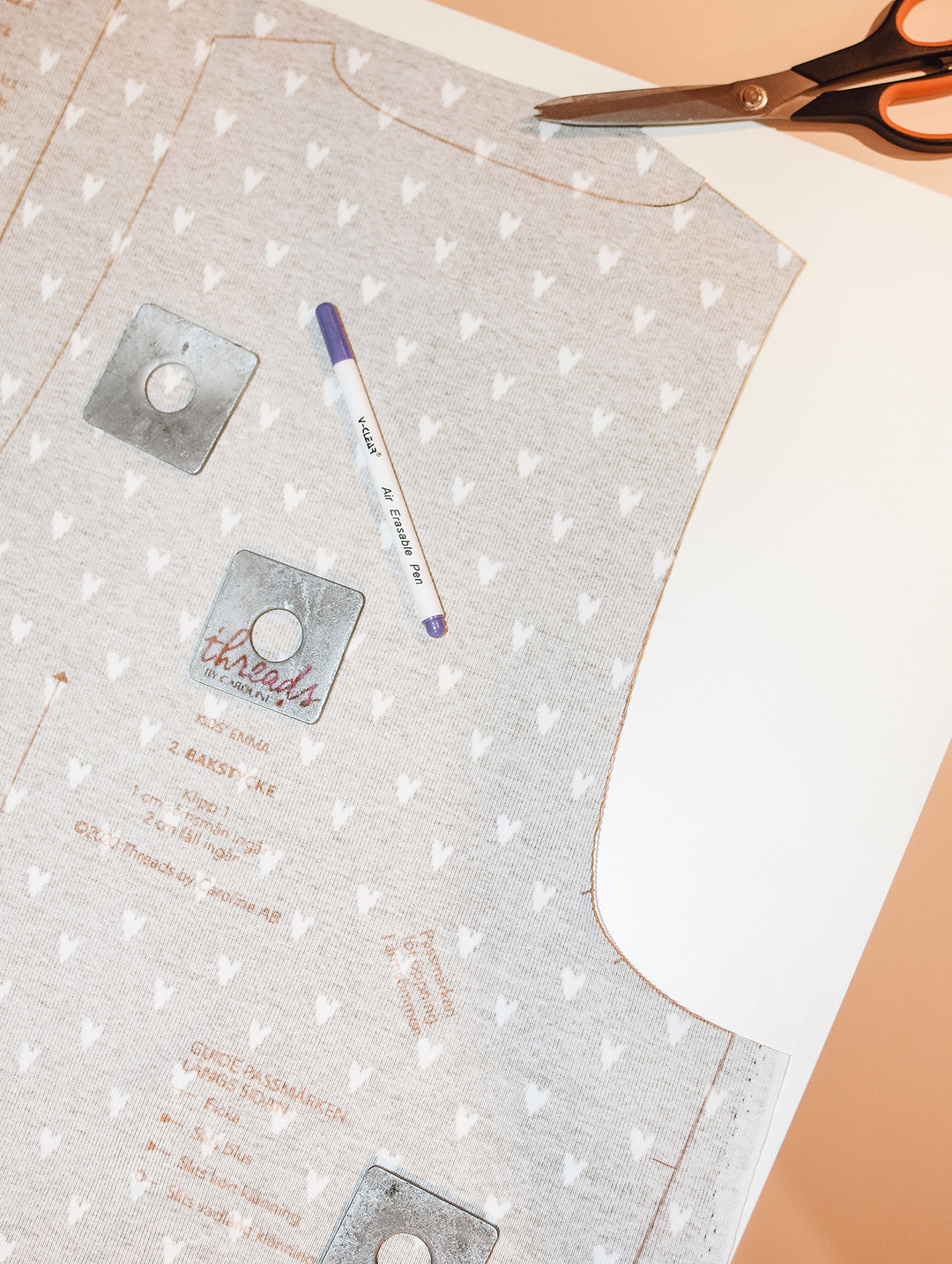
intro to pdf patterns
Learn about the digital version of my patterns. A PDF pattern includes different formats for you to use the pattern the way you prefer.
